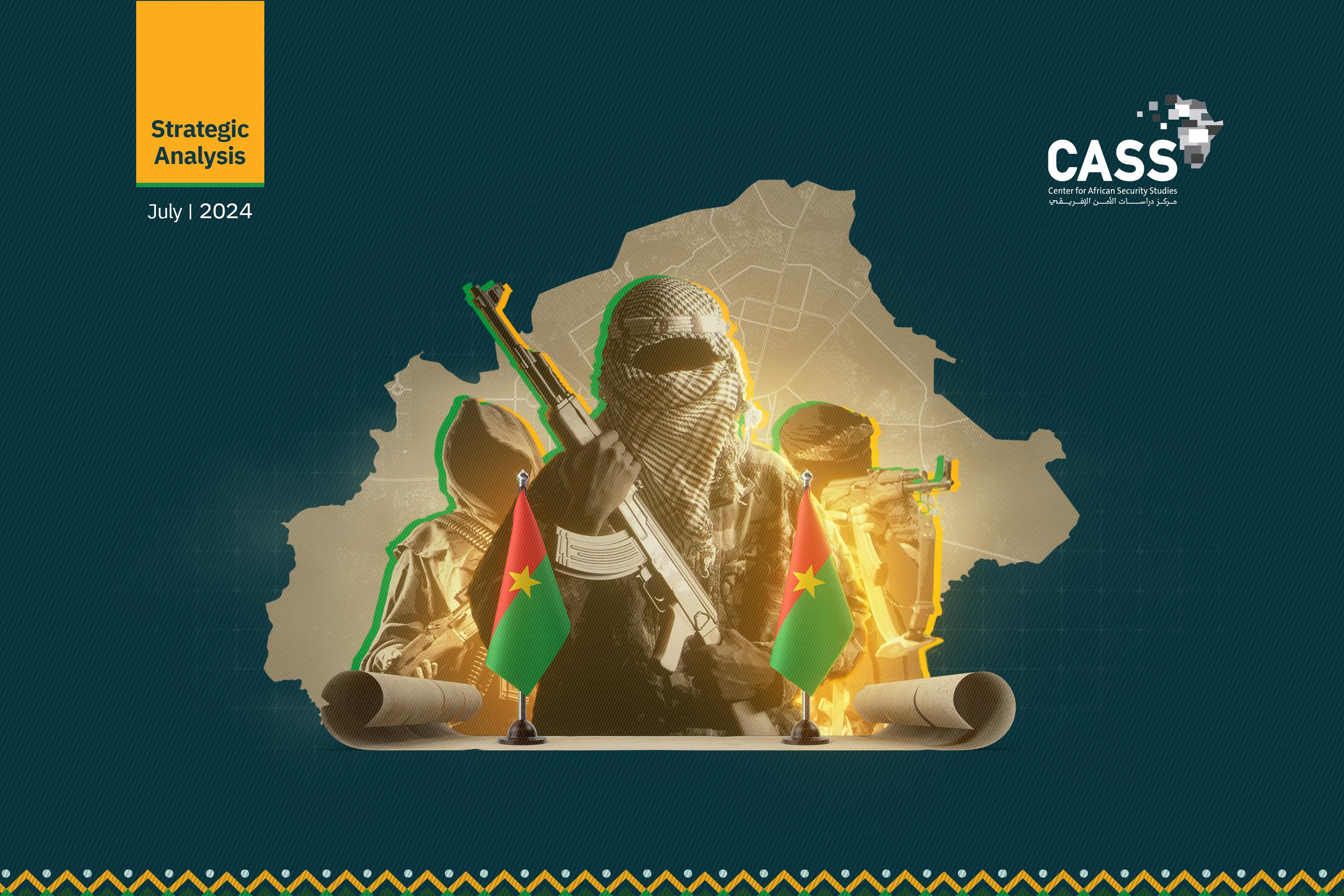Since 2022, as much as 40% of Burkina Faso’s territory has fallen out of state control. That number alone reflects a bleak array of security, humanitarian, political, social and economic challenges facing the deeply impoverished country. All these problems have been compounded by the growing threat posed by jihadist groups—first and foremost the jihadist Front for the Victory of Islam and Muslims (known as JNIM), which has been stepping up its attacks in the country’s northern and north-eastern provinces in recent months.
The rise of JNIM has come against an increasingly complex security situation across the Sahel region. Since early May, the group has carried out at least 50 attacks on army forces in Mali and Burkina Faso. Both countries have suffered from chronic instability since 2012, when uprisings in Libya and northern Mali sparked a surge of jihadist activity across the Sahel and brought to the fore multiple extremist groups, which have since pledged loyalty either to the Islamic State group or to Al-Qaeda.
JNIM was formed in 2017 as an umbrella group that united various jihadist factions in Mali, Burkina Faso and Niger, and pledged allegiance to Al-Qaeda. Later, the Al-Mourabitoun faction of Al-Qaeda in the Islamic Maghreb (AQMI) defected and instead declared its allegiance to IS, announcing it was establishing Wilayat al-Sahel (the group’s “Sahel province”). This set up an inevitable confrontation between the two camps, in the form of repeated tit-for-tat attacks in the three-border region.
The rival jihadists reached a tacit truce in early 2022. However, this only lasted until April 2024, when the JNIM-affiliated Macina Liberation Front (MLF) launched a blistering series of attacks against both IS and government/loyalist military forces across several countries in the Sahel, most notably Burkina Faso. This coincided with a period of political instability across the region, especially since May 26, when the military junta led by Ibrahim Traoré announced a five-year extension of its rule.
Geography and Drivers in JNIM’s Strategy
JNIM has focused most of its attacks on the northern and northeastern provinces of Burkina Faso, near the borders with Mali and Niger. It has frequently targeted military bases in the provinces of Cascades, Ouahigouya, Soum, Sèno, and Oudalan, while also attacking positions in provinces nearer to the capital Ouagadougou, such as Tapoa, Gourma and Koudougou.
This expansion can be explained by several factors, most notably JNIM’s desire to counter the influence of IS and if possible exclude it entirely from the tri-border area between Burkina Faso, Niger and Mali, along with its efforts to expand recruitment into all its components, including to the MLF and Ansar al-Islam.
Anonymous sources told the Center for African Security Studies that the Front has created a unified financial and military support center for its fighters in eastern Burkina Faso, to facilitate both its propaganda and its armed activities. It is also planning to step up its large-scale attacks on Burkinabe army bases, with the aim of exploiting the already fragile security situation in order to seize more territory across northern Burkina Faso. To this end, it has intensified its attacks on fixed military posts in order to clear the region of government forces, before training its sights on southwestern Niger. Such a scenario would allow it to carry out more frequent and intense attacks against Burkinabe and Nigerien security forces, which would soon find themselves isolated from key sources of support. Indeed, the group is deliberately looking to cut off land routes between isolated government positions and their rear bases, allowing the jihadists to potentially lay siege to the region’s main population centers in preparation for a potential takeover.
All these dynamics have been fueled by other factors, most notably the emergence of armed groups operating beyond the state’s authority, the disintegration of local armed groups established by the Burkinabe government, the fluidity of the country’s borders with Mali and Niger, the intertwining of security challenges in Burkina Faso with political and social developments in neighboring countries, and a dire lack of funding for government and loyalist armed forces.
On top of all this, the region’s security has become ever more fragile over recent years, especially as Western forces have been progressively replaced with Russia’s Wagner group / African Corps. Russian forces, alongside local ethnic militias, have carried out increasingly regular, indiscriminate attacks against the local population under the pretext of pursuing jihadists. This has led to the further radicalization among the victims of these ethnic massacres, giving both JNIM and IS a deep well of potential recruits.
The region is thus likely to be a launchpad for potentially hundreds of fighters ready to take part in large-scale attacks in the near future.
Burkina Faso—and its equally impoverished neighbors in the Sahel—are also struggling to unsustainably fund their counter-jihadist security programs, despite having vast reserves of gold and other resources. Ouagadougou is scrambling to equip its fighters with adequate weapons and transportation, and has been late paying the salaries of its volunteer fighters, which already do not exceed $100 and are often cut by 40-60%. This has led many fighters to leave pro-army militias.
Jihadist organizations in northern and eastern Burkina Faso are working hard to extend their deployments across the region, drawing on complex and intertwined dynamics of escalating ethnic tensions, widespread religious grievances, ever more frequent massacres against civilians, and conflicts over natural and economic resources in the region, all of which are fueling the recruitment of youth into jihadist groups claiming to champion the relentless pursuit of social justice.
The expansion of jihadist attacks in Burkina Faso, Mali, and Niger highlights the cross-border freedom of movement of these groups currently enjoy, as well as their ability to control smuggling routes and networks, which provides them with a favorable environment for expansion.




